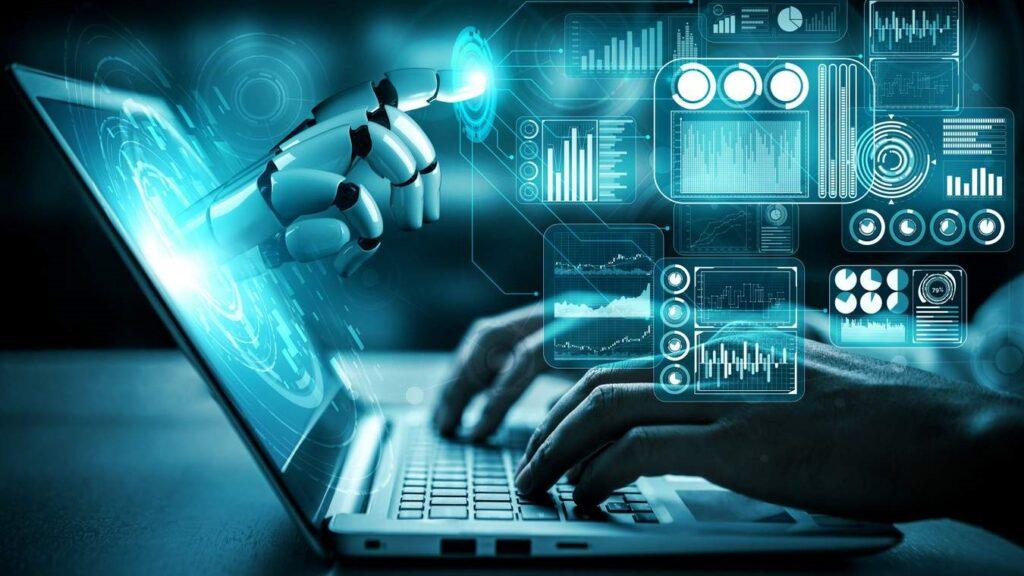- Workers between the ages of 22-25 appear to be most affected by AI
- Software development and customer service are very affected
- Roles that are subject to higher automation are most exposed to
A new paper from researchers at Stanford University has revealed six truths about AIS effects on the workforce, and it may not be so good for younger workers.
The data shows that younger workers aged 22-25 in the most AI-exposed jobs have seen significant falls in employment since the end of 2022-this include roles such as software development and customer support.
This is what the researchers say, have led to stagnant youth employment in general despite the overall US employment rates that continue to rise.
AI could take the jobs of younger workers
In July 2025, for example, employment for software developers in this age group was down almost 20% compared to the end of 2022. On the whole, employment in the most AI-exposed roles fell by approx. 6% for this young demographic but older workers (defined as 35-49), a 6-9% increase increased.
The Stanford paper goes somehow to explain why youth employment has been relatively flat despite overall national growth.
Brynjolfsson, Chandar and Chen – the researchers behind the paper – go a sterp by dividing AI into two different categories – automation and magnification.
Younger workers were most influenced by AI as automation that replaces tasks and leads to a fall in entry-level jobs.
In contrast, it was more likely that older workers were affected by AI as an increase in which it supports human work. In this case, the researchers saw no decline, and sometimes even growth.
They found that the employment rate was hit harder than wages in most cases where reductions of employees were more likely to occur than pay cuts. Already this calendar year, the tech industry has seen over 81,000 redundancies, although this is down from a 2023 height of 264,000+ (for the whole year).
However, the paper suggests that all hope may not be lost, pointing to past trends such as the IT Revolution, which “ultimately led to robust growth in employment and real pays according to physical and human capital adjustments.”
With that in mind, it is possible that AI could actually improve the labor market all -round, but only after an initial period of turbulence affecting workers with lower qualified.



